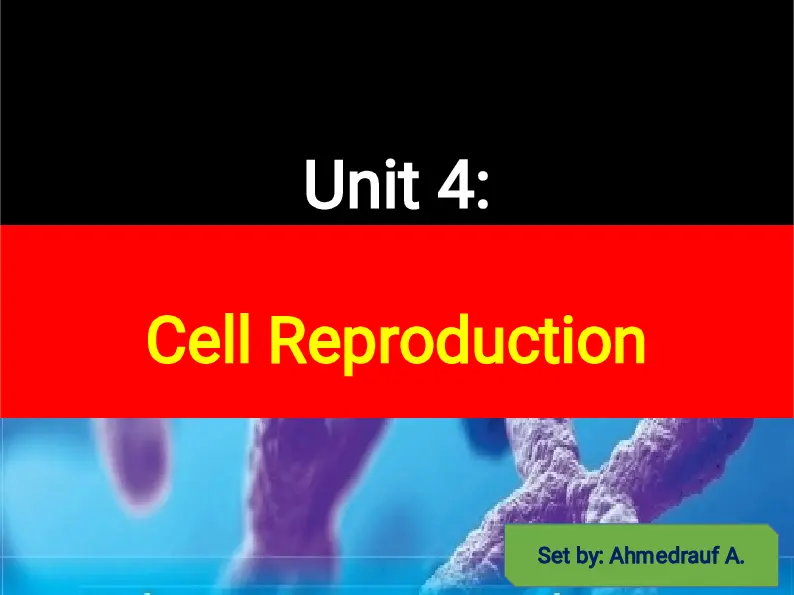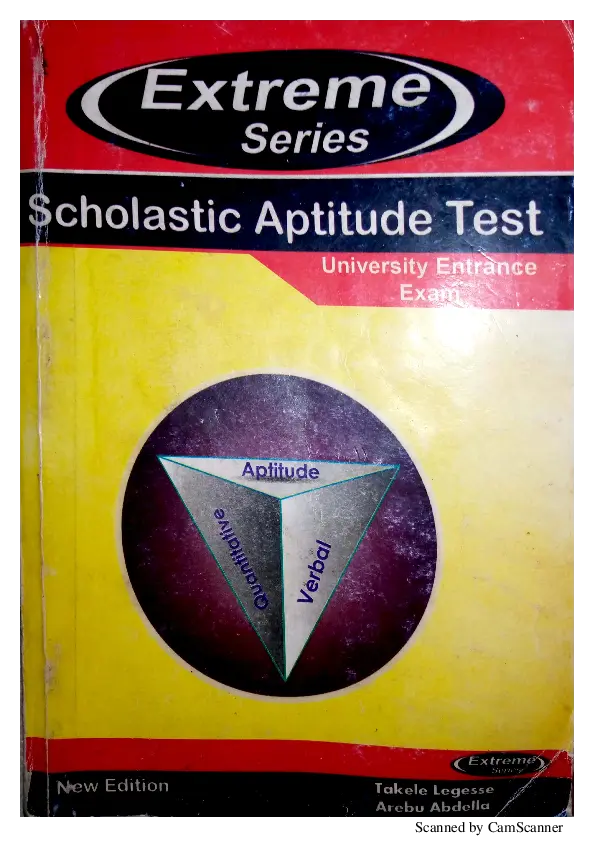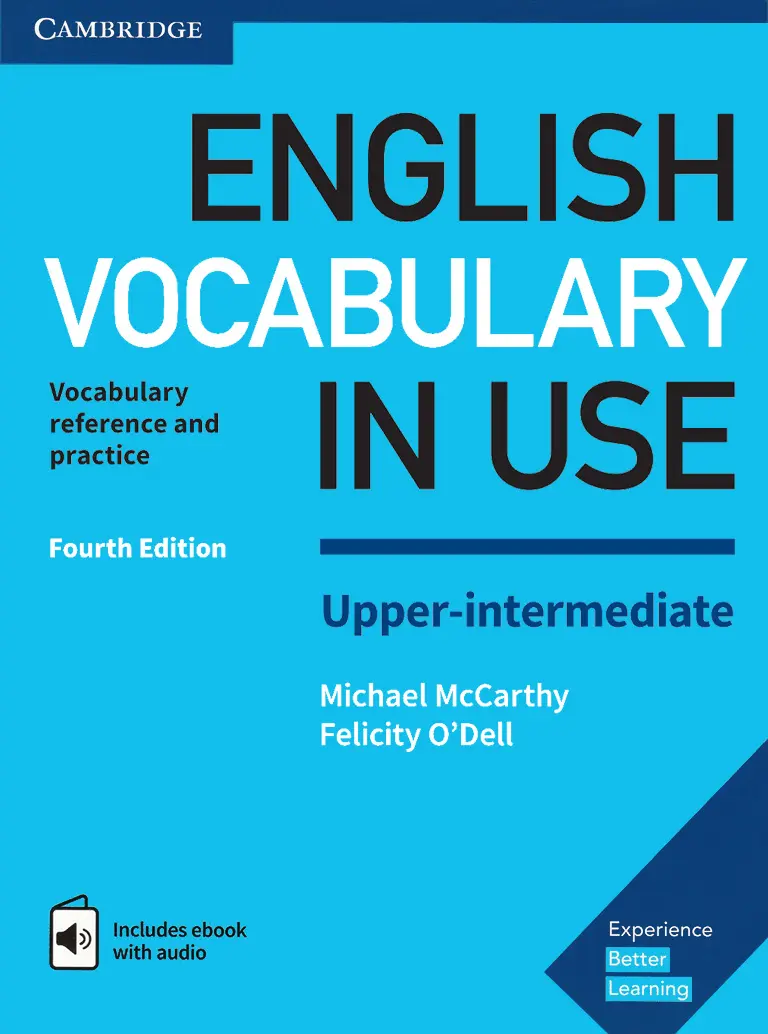HEAT AND MASS TRANSFER - FUNDAMENTALS & APPLICATIONS

Book Description
This book is aglobal reference contracting with modes of heat transfer GENERAL APPROACH xv PREFACE This text is the outcome of an attempt to have a textbook for a practically oriented heat transfer course for engineering students.
The text covers the standard topics of heat transfer with an emphasis on physics and real-world applications.
This approach is more in line with students’ intuition, and makes learning the subject matter enjoyable. The philosophy that contributed to the overwhelming popularity of the prior editions of this book has remained unchanged in this edition.
Namely, our goal has been to offer an engineering textbook that • Communicates directly to the minds of tomorrow’s engineers in a sim ple yet precise manner. • Leads students toward a clear understanding and firm grasp of the basic principles of heat transfer. • Encourages creative thinking and development of a deeper understand ing and intuitive feel for heat transfer. • Is read by students with interest and enthusiasm rather than being used as an aid to solve problems. Special effort has been made to appeal to students’ natural curiosity and to help them explore the various facets of the exciting subject area of heat trans fer.
The enthusiastic response we received from the users of prior editions— from small colleges to large universities all over the world—indicates that our objectives have largely been achieved.
It is our philosophy that the best way to learn is by practice.
Therefore, special effort is made throughout the book to reinforce material that was presented earlier. Yesterday’s engineer spent a major portion of his or her time substituting values into the formulas and obtaining numerical results.
However, now for mula manipulations and number crunching are being left mainly to the com puters.
Tomorrow’s engineer will have to have a clear understanding and a f irm grasp of the basic principles so that he or she can understand even the most complex problems, formulate them, and interpret the results.
A conscious effort is made to emphasize these basic principles while also providing students with a perspective at how computational tools are used in engineering practice. NEW IN THIS EDITION Some of the primary changes in this fifth edition of the text include new and expanded coverage of heat transfer in biological systems, a new section on the general solutions to selected differential equations, and inclusion of example problems and end of chapter problems which incorporate the new Prevention through Design (PtD) concept.
The concept of PtD involves proper use of design to promote safety and reduce accidents and injuries.
We also have incorporated over 350 new problems.
Each chapter, with the exception of Chapters 5 and 6, now contains one new solved example problem based on the concept of PtD, and a significant part of existing problems were modified.
All the popular features of the previous editions are retained.
The main body of all chapters, the organization of the text, and the tables and charts in the appendices remain mostly unchanged. .
Courses
Education, Engineering, Physics, MathematicsReview Posted!
Add your details below to get email notifications when someone replies to your review.
Delete Comment?
This action cannot be undone. Are you sure?
Login
Still looking for something else?
Try this Advanced search Enhanced by Google
 Exotic Ai
Exotic Ai












Comment Section (0)
No reviews yet. Be the first!